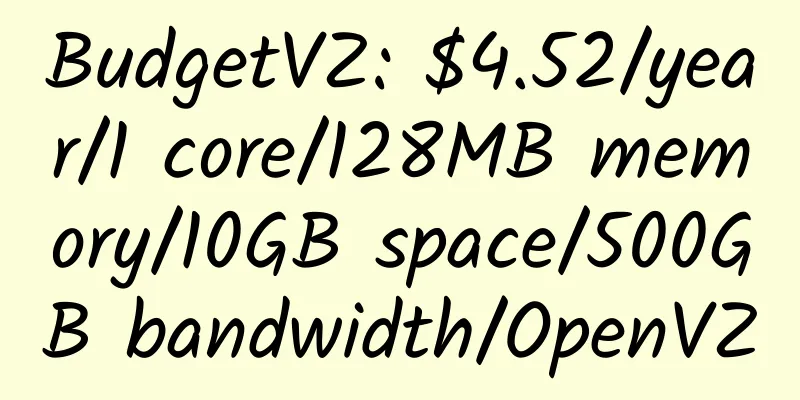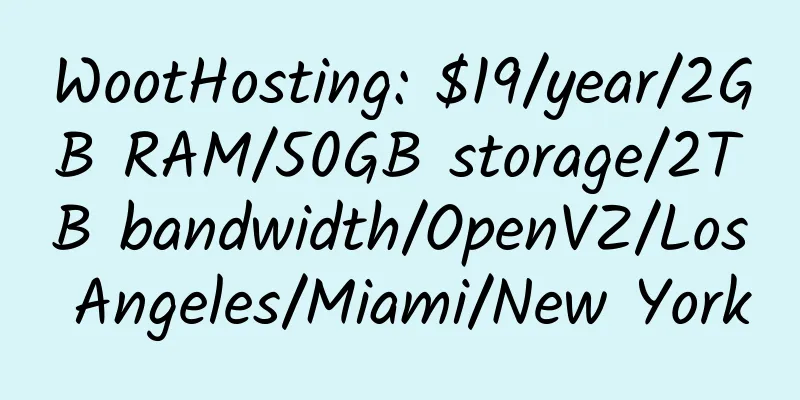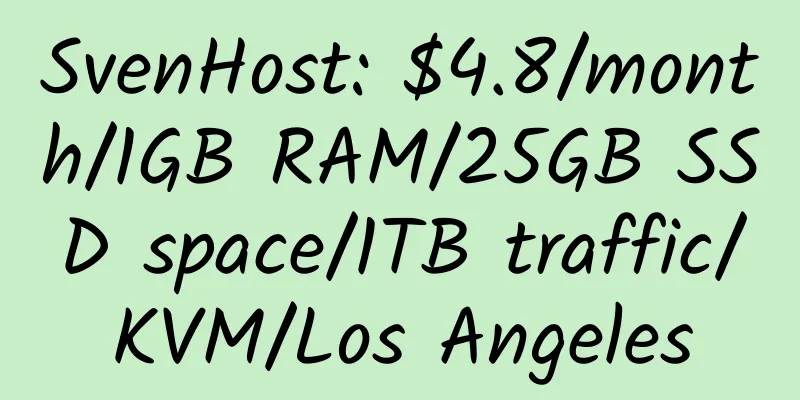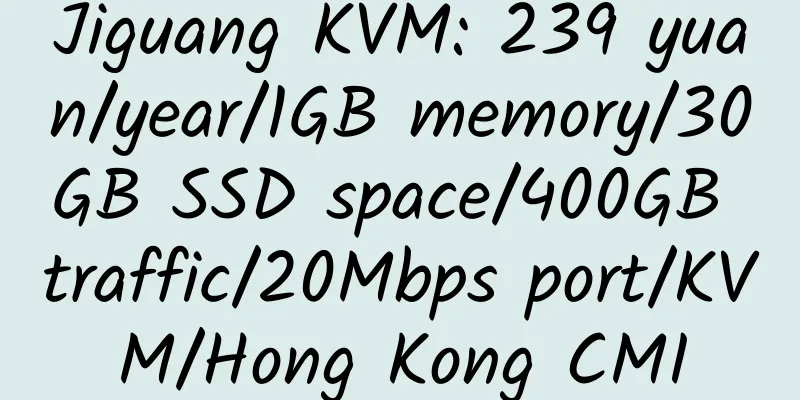Tutorial on using AppFog free cloud space

About AppFog: AppFog is a PaaS platform based on Cloud Foundry, similar to Google App Engine and Heroku. The bottom layer is based on IaaS platforms such as AWS, RackSpace, HP OpenStack, and MS Azure. The middle layer uses Cloud Foundry, and the top layer is AppFog.
The programming languages currently supported by AppFog include:
Currently supported databases and extensions include:
Step 1. Register the service.Very simple. . . Step 2. Create an APP Once you have registered, go to https://console.appfog.com/ and click New App. You can see that there are three steps to creating an app: Step 3. App configuration A dashboard appears in front of you: Step 4. Create data service A large part of web applications still require databases. Appfog provides three data engines: MongoDB, PostgreSQL, and MySQL. Click Services in the left sidebar, select a data service, enter a name below, and create it. Step 5. Modify the code and uploadModify the code. The important thing is your database connection code. The page for creating the service above has connection instances in three languages, but it seems that it cannot be opened. Nodejs can use the following code: Just assign mongourl to your database connection string. Wait for a series of OKs to complete. Return to the dashboard and click Visit Live Site on the right to see if it is running. Step 6. Bind domain name
You already have a domain name provided by appfog, but what if you want to use your own domain name? Appfog uses the cname method to bind the domain name (if you don’t know what cname is, google it). Specific operations: |
<<: $7/month/2G memory/50G space/1000G traffic/OpenVZ VPS —— VMBox
>>: CLICKHOST .ORG domain $4.99 discount
Recommend
Lisa host: 30 yuan/month/512MB memory/10GB SSD space/100GB traffic/10Mbps-50Mbps port/native IP/KVM/Los Angeles CN2 GIA
Lisa Host, a Chinese merchant, mainly provides CN...
TrentaHost: $50/month/E3-1220V1/32GB memory/500GB hard drive/10TB traffic/DDOS/Portland
TrentaHost, a Canadian hosting provider, provides...
LightCloud: Hong Kong HKT VPS, 300Mbps bandwidth, unlimited traffic, dynamic IP, change IP at any time, 2GB memory, monthly payment of 399 yuan
LightCloud, a long-established Chinese merchant, ...
Dacentec 2XL5420 16GB Memory Dedicated Server North Carolina Simple Review
Details: Dacentec: $25/month/2XL5420/8GB memory/7...
Namesilo's latest .com/.net discount is $5.8/year
Namesilo is my favorite domain name registrar. It...
BigBirdWeb: $3.6/month/50GB SSD space/unlimited traffic/US
BigBirdWeb, an American hosting provider, claims ...
Host Liberty: $4.95/month/1 core/1GB memory/20GB NVMe space/unlimited traffic/100Mbps-500Mbps ports/KVM/Singapore/US/Europe, etc.
Host Liberty is a British business that mainly pr...
Super Beast VPS: 120 yuan/year/1GB memory/10GB space/100GB traffic/20Mbps port/DDOS/KVM/Hong Kong CN2/Taiwan
Chaoshou VPS, a Chinese merchant, was established...
PieLayer: $48/year/6GB memory/40GB SSD space/4TB bandwidth/KVM/Germany
PieLayer has been introduced many times in the ho...
Kuai Che Dao: San Jose KVM VPS, 50Mbps-10Gbps bandwidth, unlimited traffic, minimum monthly payment of $6.74
Kuai Che Dao, a Chinese merchant, mainly provides...
SpartanHost: $19.2/year/1GB memory/250GB space/1TB traffic/KVM/Dallas/Seattle
SpartanHost, which has been introduced many times...
FantomNetworks: $45/month/E3-1271v3/32GB memory/2TB hard drive/unlimited traffic/1 IP/Los Angeles
FantomNetworks, an American hosting company, was ...
ServerAstra: €29.9/year/256MB memory/10GB SSD space/unlimited traffic/KVM/Hungary
ServerAstra, a Hungarian hosting provider, mainly...
50Server: 200 yuan/month/D525/4GB memory/320GB hard disk/unlimited traffic/Hong Kong
50Server, a Chinese hosting provider, mainly prov...
Afocloud: 1999 yuan/month/4GB memory/32GB space/unlimited traffic/500Mbps-1Gbps bandwidth/KVM/Japan SoftBank
Afocloud, a Chinese hosting provider, was establi...







![[Black Friday] HostHatch: Special KVM VPS in Los Angeles/Chicago/Sweden/UK/Netherlands](/upload/images/67c9e6e739c21.webp)

